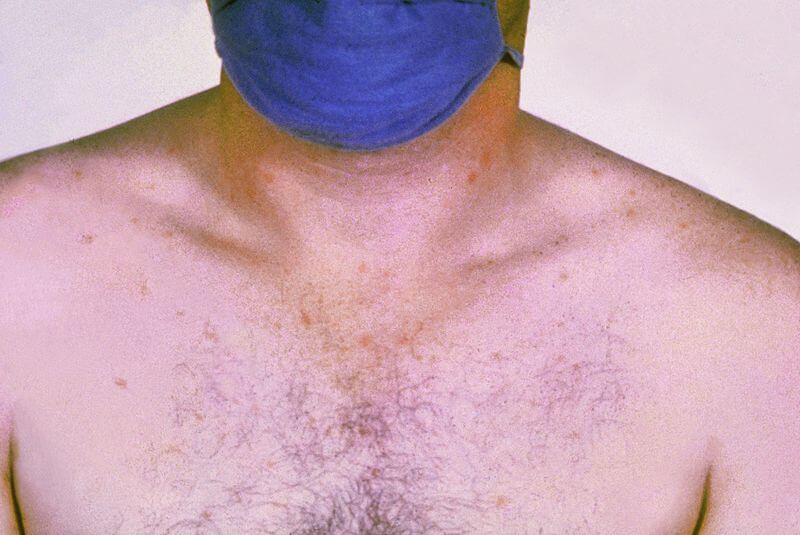Restricting the use of antibiotics is unlikely to stop the spread of drug resistance in typhoid fever, according to a study funded by the Wellcome Trust and published in the journaleLife.
The findings reveal that antibiotic-resistant strains of Salmonella Typhi bacteria can out-compete drug sensitive strains when grown in the laboratory, even in the absence of antibiotics.
Typhoid fever is transmitted by consuming food or drink that is contaminated with Salmonella Typhi bacteria and the disease is linked to poor sanitation and limited access to clean drinking water. The disease can be treated but there is widespread drug resistance to common antibiotics and resistance to the recommended, more specialised antibiotic therapy for typhoid fever is increasing.
Researchers at the Oxford University Clinical Research Unit, Wellcome Trust Vietnam Research Programme, created twelve laboratory strains of Salmonella Typhi bacteria with one or more genetic mutations that confer resistance to the recommended antibiotic therapy for typhoid fever, fluoroquinolone. Typically, when bacteria develop antibiotic resistance it comes at a cost and when the drug is absent, they are usually weaker and less able to compete for food and resources than strains that are not resistant.
Dr Maciej Boni, a Sir Henry Dale Fellow funded jointly by the Wellcome Trust and Royal Society at the Oxford University Clinical Research Unit in Vietnam, who co-led the study, said: “When we grew different strains of Salmonella Typhi in the lab, we found that half of the antibiotic resistant strains had a growth advantage over their parent strain, even in the absence of antibiotic, enabling them to predominate in the population.”
Dr Stephen Baker, also a Sir Henry Dale Fellow in the Oxford University Clinical Research Unit, said: “Currently, the control of typhoid across Asia and Africa relies on treatment with fluoroquinolones but resistance is rising. Withdrawing or restricting the use of this class of antibiotics is one approach to try and combat the spread of resistance. However, the results of this study suggest that we need to think beyond this , as antibiotic resistance will likely continue to rise even if these strategies are implemented.”
Dr Jimmy Whitworth, Head of International Activities at the Wellcome Trust, said: “These important findings from researchers in Vietnam are very worrying. If confirmed, one of our main strategies for controlling drug-resistance in typhoid will be ineffective. We will need to concentrate on developing more effective and affordable vaccines, and improving water supplies and sanitation, a Herculean task for low and middle income countries.”
 There are an estimated 21 million cases of typhoid fever around the world each year. If left untreated, it’s estimated that up to one in five with the disease will die and of those who survive, some will have permanent physical or mental disabilities. According to a World Health Organization report, 90% of the world’s typhoid deaths occur in Asia and the disease persists mainly in children under five years.
There are an estimated 21 million cases of typhoid fever around the world each year. If left untreated, it’s estimated that up to one in five with the disease will die and of those who survive, some will have permanent physical or mental disabilities. According to a World Health Organization report, 90% of the world’s typhoid deaths occur in Asia and the disease persists mainly in children under five years.
Typhoid infects the gut and bloodstream, causing fever that can reach temperatures of 39°-40° C and constipation or diarrhoea. The disease can be associated with other characteristics including, rose-coloured spots on the chest, confusion and perforation of the gut.



